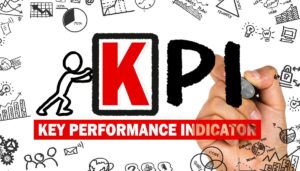Management (in any industry) is the art of getting things done through the coordination and oversight of multiple people, products, and processes. But in order for a manager to do their job effectively, they need information to help them make decisions. The cleaning industry is no different. The managers who oversee your daily cleaning operations need certain accurate and timely information to do their jobs well. Without this information they are left to manage and make decisions in the dark.
While getting out, visiting accounts, and interacting with the team members is certainly necessary, it is impossible for a manager to be everywhere at once. This is where reports can become very valuable in knowing without being present. For area, project, and operations managers, three reports are key to getting a complete picture of the happenings on the jobs.
Daily Hours Budget Report
The daily hours budget report is perhaps the single most important of the three reports because it gives daily information about the jobs. This report is basically a summary of the hours worked by each employee broken down by job. So for instance, if you manage ABC Bank, you can see who worked there last night and how many hours they worked. Additionally, if budgets are set up correctly, you can constantly compare the hours worked to the hours budgeted.
This report gives your managers two distinct advantages. First, it helps them monitor quality by ensuring that ample time is spent at each account each night. A sure indicator of quality problems is a steady reduction of cleaning hours. You can stay ahead of quality problems by monitoring hours daily and catching problems before they balloon. Second, the daily hours budget report helps your managers ensure jobs are always profiting as planned. With labor accounting for about 60% of all costs, monitoring hours is THE DRIVER of company profitability. When this is done effectively on a micro level, you can ensure that profits will occur on a macro level. It makes for a truly scalable model.
Monthly Job Cost Statement
This report zooms out the lens on the jobs and looks at a monthly snapshot of the account. It is basically a profit and loss statement broken down by job. At my company, managers get a monthly statement for their accounts. With each account, they can track labor dollars, supply costs, overtime expense, and more. This allows our managers to be mini-business owners, taking charge of their piece of the company. Each month, they identify poorly performing accounts and put plans in place to get the accounts back on track. Once again, these reports give a micro-level summary of different parts of the business. If each manager is managing the accounts appropriately, we can expect consistent profitability, all other things being equal.
Monthly Branch/Company P&L
I am a huge fan of open book management. Exposing your company financials helps build trust among your management team while also cultivating ownership at all levels of the organization. I would encourage you not to be reluctant here. If you have things to hide from your team members, then you probably are doing something you shouldn’t be doing. I have found that open books keep me accountable, which is a great check and balance on leadership.
Monthly profit and loss statements help your managers see how their group of accounts ties into the branch as a whole. When they are disconnected from this information, you should expect decisions in keeping with a disconnected attitude or mentality. While this is a topic for another blog, I would also encourage you to compensate your managers based upon both account performance and overall branch performance. If you want team players, you must treat them as part of the team.
How Can I Get These Reports
If you are a smaller contractor without a lot of fancy technology you may be asking, “How can I get these reports?” Well, it is actually easier than what you think. For the budget hours report, you can use one of the many mobile timekeeping systems available. There are some specific to the janitorial industry (e.g. Swept) and there are others that are more universal in nature. For the other two reports, Quickbooks or any other reputable accounting software should do the trick. For those of you larger firms (100 or more employees), I would recommend an industry specific all-in-one solution such as TEAM (which my company uses) or MITC. I can literally print these reports in less than two minutes.
However, the key is more about the data input than the specific program you use. If you are not accurately imputing employee time and other costs, then you cannot expect to get accurate reports. Garbage in, garbage out.
If you aren’t using these reports yet, then don’t wait. I promise it will help you and your managers make better decisions.






